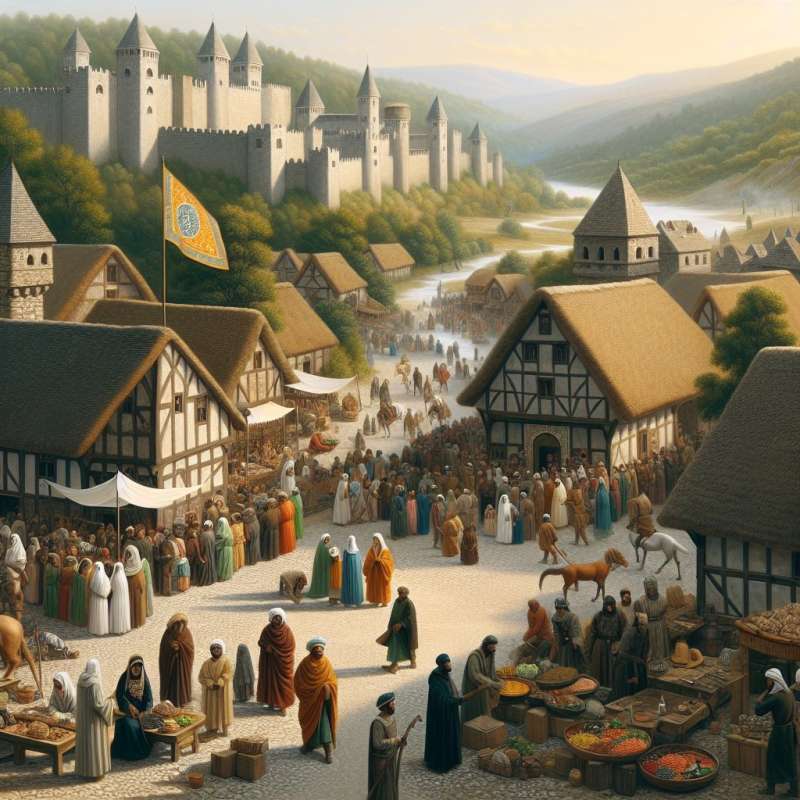
Origins of Germany
Before unification, the region we now call Germany was a patchwork of independent kingdoms, duchies, and city-states, known collectively as the Holy Roman Empire, which lasted from 962 to 1806.
The Hanseatic League
During the Middle Ages, an alliance of merchant guilds and market towns, the Hanseatic League, dominated maritime trade along the Northern European coast, bolstering economic power well into the 17th century.
Prussia's Rise to Power
Prussia, which emerged in 1701, played a pivotal role in shaping modern Germany. Its military efficiency and bureaucratic competency set the stage for eventual unification under Prussian leadership.
Bismarck and Unification
Otto von Bismarck masterminded the unification of Germany through a series of wars and political maneuvers, culminating in the proclamation of the German Empire in 1871 at the Palace of Versailles.
Weimar and Economic Woes
Post-World War I Germany was marked by the troubled Weimar Republic, hyperinflation in the 1920s, and the rise of extremist parties, setting the stage for the National Socialist takeover.
Germany Divided and Reunited
After World War II, Germany was divided into East and West, symbolized by the Berlin Wall. Remarkably, the Cold War ended peacefully, with Germany reunifying in 1990, an unexpected twist in history.
Economic Giant Reborn
Post-reunification, Germany overcame immense reunification costs and structural issues in the East. Today, it stands as Europe's largest economy, renowned for its innovation and strong industrial base.
What was the Holy Roman Empire?
A unified German state
A city-state coalition
Patchwork of various realms
Company